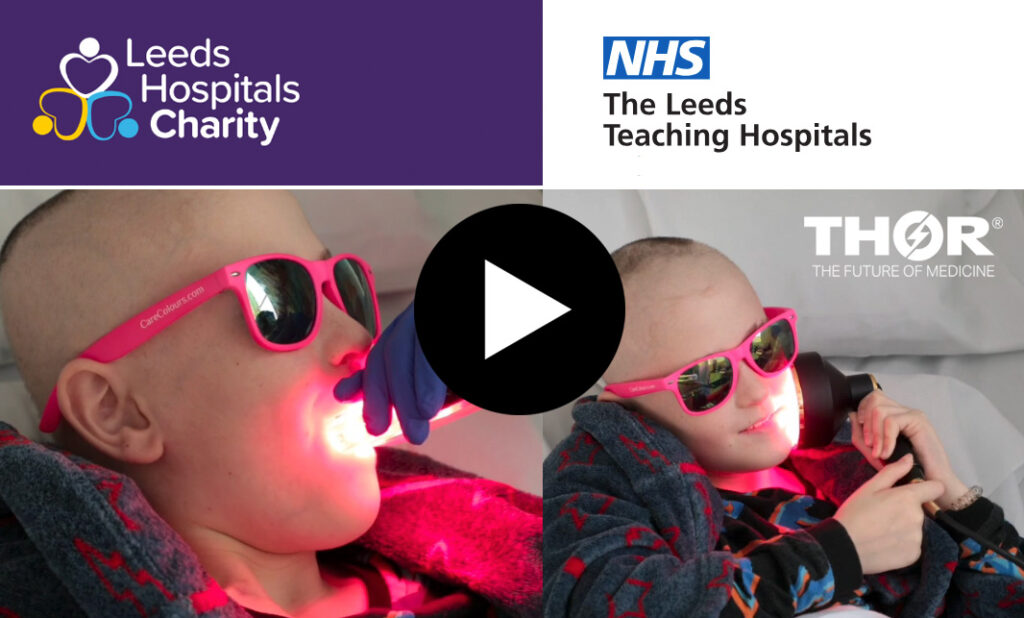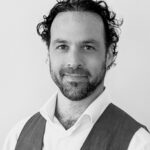This is an interview featuring me by Dr. Ben Sinclair, a British physician / general practitioner (GP) Sinclair. His podcast is called Health Versus Wealth. Primarily, this podcast is about my health choices and routines. He describes me as a “highly driven entrepreneur, 61 years old (now 62), of THOR Laser company (correction: THOR Photomedicine Ltd and THOR Photomedicine Inc), of which he is is Founder CEO, which specialises in design and manufacture of Photobiomodulation (PBM) devices. THOR £10 million a year in sales, has 5,000 customers in 70 countries, and is marking THOR’s 30th anniversary.” Dr Ben says I am “a businessman who prioritises his wealth, in that he works 364 days a year! (actually, my motivation is establishing PBM as a first-line medical treatment in every department of every hospital in the whole world), wealth might be an outcome, but it is not the goal.) How does this impact his work-life balance? “The only day I take off is Christmas Day,” he says. Despite this, he says he’s in fine health, fit and eats a nutritious diet.
THOR’s celebrity clients include Mo Farah (Mo only used NovoTHOR whilst training with the Nike, Oregon project), Novak Djokovic, Hollywood actor Mark Wahlberg, and his biggest-name customer, film star Tom Cruise. Cruise famously broke his ankle during filming in London on ‘Mission Impossible: Fallout’ in 2017 while leaping from one building to another. Cruise used James’s laser to recover, and now he has lasers in his homes and is always one on location. James led a workshop in Florida, and Cruise walked in wearing his trademark aviator sunglasses. “Tom was a delight,” says James. As for his business ambitions to grow the company, James adds: “My real goal is to get this technology into every corner of every department of every hospital in the whole world.”
 Featured Testimonials
Featured Testimonials

